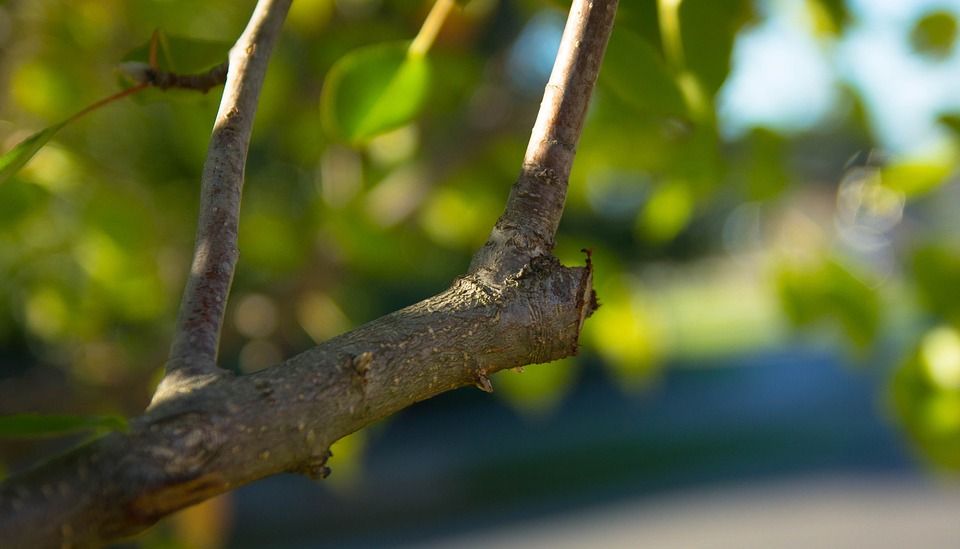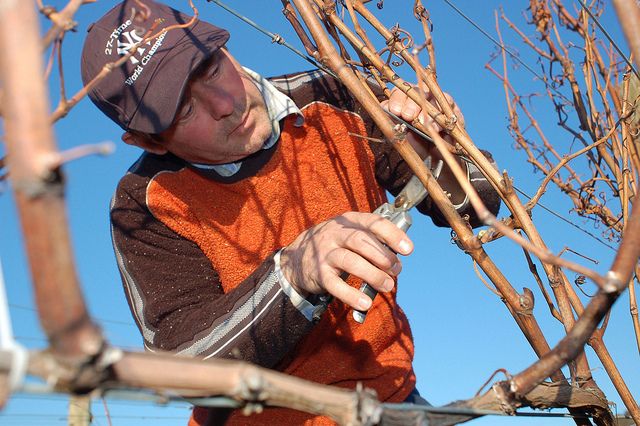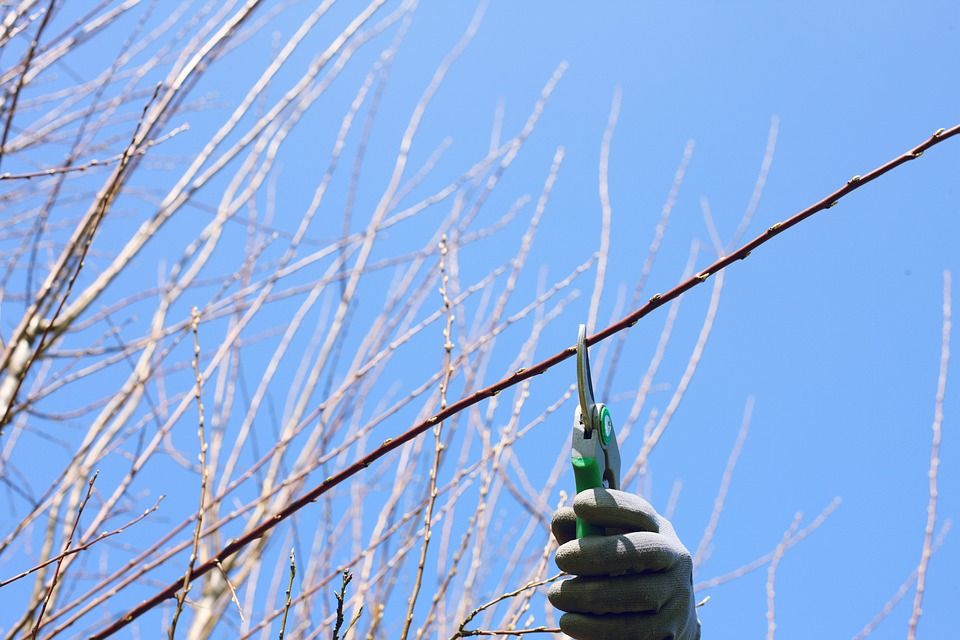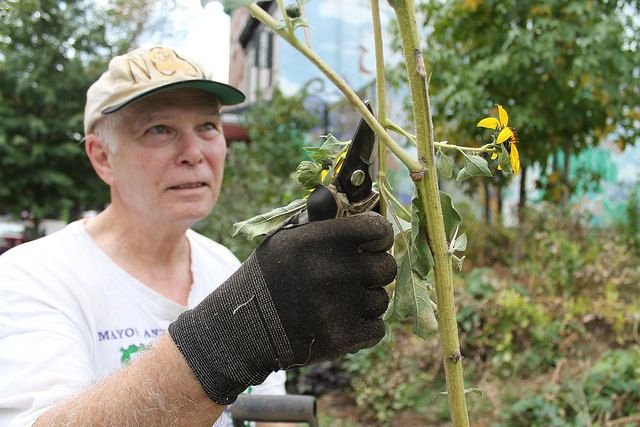As we head into fall, all of us will start to notice that our gardens start to die off, getting themselves ready for the upcoming cold weather.
It's always sad to see them go, partly because they start to look so dead and gross, and also because we all know that means snow is right around the corner.
But here's the thing, there is a lot of misinformation that has been passed down over the years about the best ways to tend to our gardens before the winter comes.
Personally, I feel like I have always been told to prune my rose bushes and hydrangeas back when fall sets in so that they can grow strong the following year. However, apparently this is not the best thing to do.
But why should you never prune your garden in the fall?
We thought it was smart to clear out all the dead plants before winter sets in, but as it turns out, it's making it much harder for the plant to thrive the following year.
The problem is that in fall, temperatures aren't actually consistently cold enough for the plants to be done growing. If you try to cut the stems, it'll actually stimulate new growth instead of letting them go dormant like they are supposed to.
Forcing them to attempt to grow in the fall right before the temperatures drop dramatically actually leaves them weaker for the next year.
When should you prune your plants instead?
Apparently, most gardeners are pruning their plants too much. Gardening expert Mike McGrath explained, "Few plants other than fruit trees actually require [pruning], and most gardeners do too much, not too little."
You obviously want to bring down the overgrown plants, so they can bloom properly, but when is the ideal time to do it?
If you are anything like me you might want to leave this kind of work to The Local Tree Experts, but if not, read on.
For most plants, the ideal time to prune is actually in the winter.
When it's cold out, plants aren't going to be trying to grow anymore, they will be completely dormant. This way you'll be able to clip off what needs to go, without weakening the plant for the upcoming summer.
Waiting until winter also helps protect your plants from becoming diseased, because by the time they start growing in the following spring, they will be able to heal quicker and resist any kind of unwanted fungus.
How do you know what to prune?
Now that you know when to prune, you might be wondering how to actually go about it. Well, pruning can be helpful for overgrown plants. It helps more sunlight make it to the other branches, but there are some things you should know.
Always start by pruning the branches that don't look as healthy, especially if there is a spot that is diseased.
Horticulturist April Johnson says that it's best to prune all the way back to the main stem. "If you leave a stub sticking out, it's an area for bacteria and insects to harbor."
Cut on the same angle as the branch to make sure the bark grows properly over the trimmed area, and it should get the boost it needs.
Johnson's other important tip is to always make sure you avoid pruning when it is wet outside. Damp weather can increase the spread of diseases, meaning that those fresh cuts you make are susceptible to a damaging bacteria that can end up killing the entire shrub or tree.
So make sure you wait until the plant has a chance to dry out before you trim it so it has time to heal a bit before it gets damp again.
Source - Good Housekeeping / Bath and Garden Center / Better Home and Garden / Savvy Gardening





